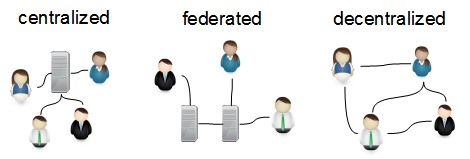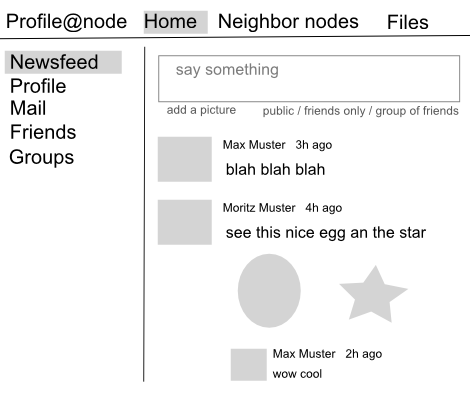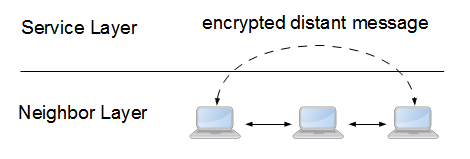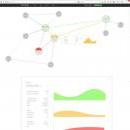The first weeks of my Google Summer of Code project were a little complicated, as I still had exams at university, and I was not really aware of what mesh networks were about. I also needed a little time to get to know network and routing better, both pratically and theorotically.
At the beginning, in order to understand quagga and babeld, Iread a lot of documentation on the routing topic including theoretical papers and some RFCs, while also browsing the code of both babeld and quagga.
On the other hand, I have been able to experiment mesh routing with the mesh network available at university. In order to use that network from home, and being able to test my programs at all time, I also established a VPN connection between university and my home computer. By doing so, I can connect to the university’s babel network at any time. I have also been able to understand the functionning of quagga and zebra and to install source-sensitive static routes on a mesh network.
After having spent much time reading the codes of babel, quagga, and babel in quagga, I achieved to use the zebra’s API in babeld and began to add support for source-sensitive routing in babeld. Currently, my code runs and segfaults proudly ! I hope to see the first results of source-sensitive routing with my version of babel, in the worst case, at the end of the week.
At first, my goals were not really clear, but now, I have precise objectives on the short, middle, and long term. In brief, my short term objectives would be to get a source-sensitive routing Babel running by the end of the week. After getting a working version of Babel source sensitive, I will implement the same work in RIPng. RIPng is a quite simple protocol and Juliusz and Matthieu told
me it would be a good idea to offer it source-sensitive routing. And finally, after everything will be tested and running fine, I will be implementing the source-sensitive commands in Babel. Then, I will complete the documentation about my work. And in the end, the ultimate goal would be to be included in the official repository of Quagga.
If you want more details about the work I did, you can read my blog here : http://ariane.wifi.pps.univ-paris-diderot.fr/~olden/. I posted an entry every week to keep you informed of the progress on the short term.




